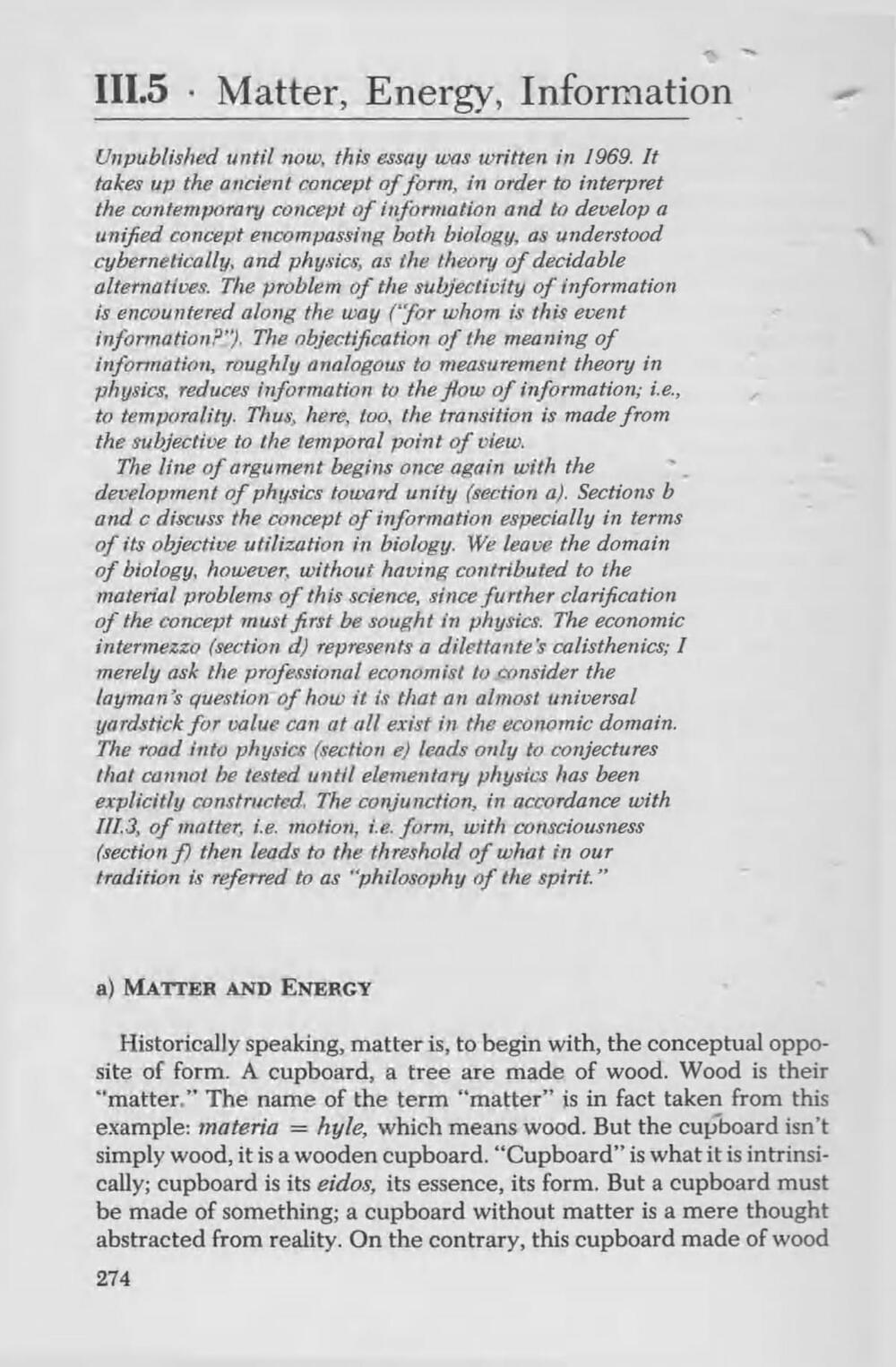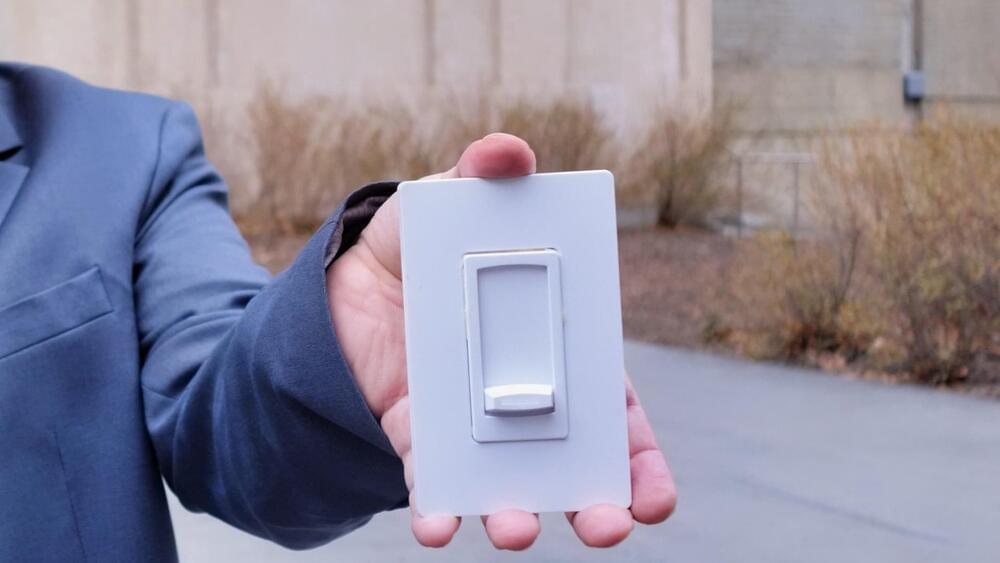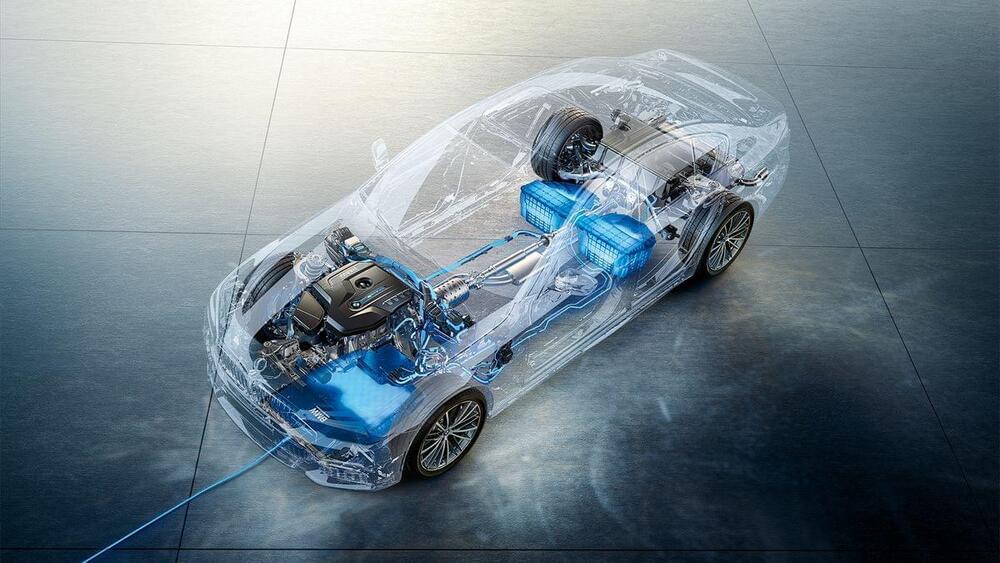Mar 24, 2024
Tesla diner, drive-in and Supercharger preparing work on interiors
Posted by Genevieve Klien in categories: drones, energy
Tesla continues to make progress on its upcoming diner, drive-in theater and Supercharger in Los Angeles, with recent drone footage showing new water runoff infrastructure, preparations for stucco installation on the first-floor walls, and seemingly, materials for the start of some interior construction.
In a drone video update shared by YouTube channel 247Tesla on Sunday, you can see new stacks of sheetrock both inside and outside of entrances to the Tesla diner building, as construction prepares to begin focus on interiors. The video also shows a new rectangular area dug roughly five feet deep into the ground, which the video’s host says will likely be used to control water runoff.
Continue reading “Tesla diner, drive-in and Supercharger preparing work on interiors” »

















